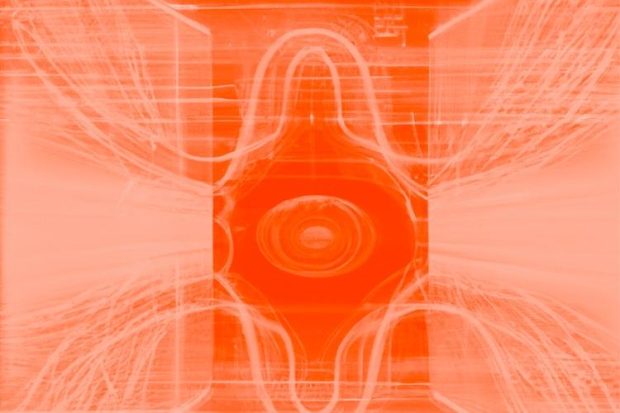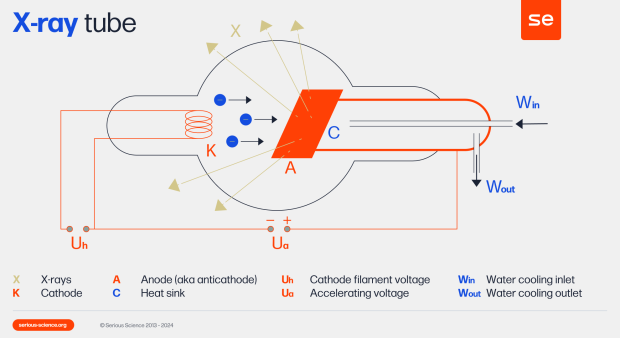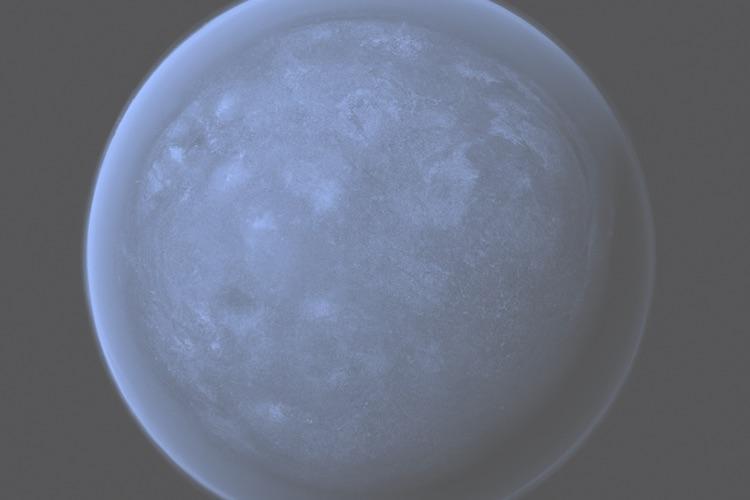The Transits of Exoplanets
Physicist Joshua Winn on the difficulties of exoplanetary research, how researchers managed to get lucky with exoplanets, and the future of the field
videos | February 16, 2015
What is an exoplanet? How different are these planets from those in our solar system? Associate Professor of Physics at MIT, Joshua Winn, on the field of exoplanetary research.
An exoplanet is a planet, like the planets in our solar system, but instead of going around the sun, they go around a distant star. The study of exoplanets is a booming field within astronomy. The difficult part about studying exoplanets is that the planets are very close to their stars, and very far from the Earth. So it’s very difficult to actually take a picture of another planetary system, and to see a star and all the planets going around it.
Instead, we usually rely on a number of more indirect measurements to study exoplanets. The most revealing of those measurements are eclipses. When we’re lucky enough that the orbit of an exoplanet carries it directly in front of its star, then we can detect the small change in the brightness of the change. It gets slightly fainter when the planet is blocking a small portion of the star light.
It turns out that nature was very kind, and a lot of the planetary systems around other stars are very different from the solar system in such a way to make the planets easier to study. They’re much closer in many cases. We see lots of examples of giant planets, like Jupiter, but instead of taking 12 years to go around, they go around every 2 or 3 days. They exist in tight little orbits around their parent stars. That makes them enormously easier to study.


























